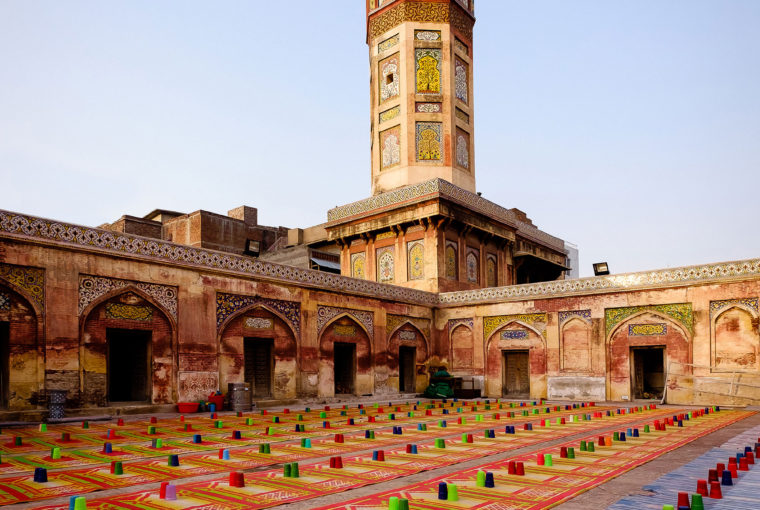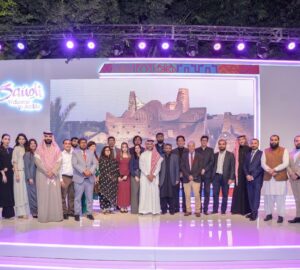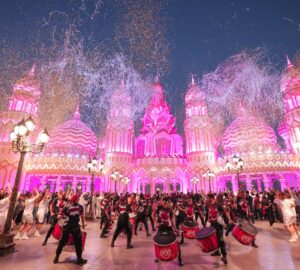Writer and editor Kelsey Hoppe spent three years in Pakistan, during which time she fell in love with Lahore and felt compelled to write a guidebook to the city, In Lahore: A Contemporary Guide to the City, which will be launched at this year’s Lahore Literary Festival. In this riveting narrative, she shares some of the captivating discoveries she chanced upon while exploring the city.
When I arrived in Lahore I set out to find a tailor. Tailors abound in Pakistan. It should not have been difficult. But it was. Like Captain Ahab searching for Moby Dick or Ponce de Leon finding the fountain of youth my quest for a good tailor proved elusive. When I asked friends for the contacts of their tailors they demurred.
“Oh,” they would say. “I had the best tailor. But she’s become terribly flakey of late. I couldn’t recommend her.”
Or, “I’ve just fallen out with him but I’m sure there are lots around. You’ll find one.”
Tailors seemed to be zooming by but I always missed the last train.
Tailors weren’t the only thing that was difficult to find. I was searching for curtains and sheets when a friend offhandedly suggested we go to Ichra – the cloth market. We parked on Ferozepur Road and wound our way back through tiny alleys to a row of stores stacked floor to ceiling with every fabric imaginable. It was like an episode of “Homeland” except without even a whiff of danger. Shopkeepers smiled, welcomed, offered tea, joked and cajoled trying to make a sale.
“How do you know about these places?” I asked.
She waved off the question with typical Lahori nonchalance. “When you are born in Lahore,” she said. “You are born into a collective conscious.”
This collective conscious dictates where Lahoris go and when. It whispers to them what artist to follow, what writer to read, what café is opening or closing, what designer is going to be the next big thing. As an outsider, all you could do was watch for these gems to be dropped innocuously in conversation and furtively pick them up when no one was looking. The best you could hope for was to tag along.
I found this to be the main difference between Lahore and almost everywhere else I’d ever lived. In Europe, for example, everything is known. Guidebooks and travel magazines tell you what to expect. If you arrive in Paris, you are already groomed for the hazy romance of it all. Lahore gives nothing away. It holds its secrets close to keep you guessing at them. Paris weeps if you miss the Eiffel Tower. Lahore shrugs its indifference if you never saw Wazir Khan’s Mosque. You leave Paris confident you have experienced Paris. You leave Lahore uncertain if you’ve even seen Lahore.
The longer I was in the city the more I behaved like a second-rate gem dealer. I had picked up enough gems and wanted others to admire them. But, I also wanted them to keep their grubby paws off. Part of me wanted to tell the world how beautiful and captivating Lahore was and part of me wanted to keep Lahore for myself. The generous part of me won out. I decided to write a city guide for those of us without the collective conscious.
Writing a city guidebook required more serious mining of Lahore’s hidden gems than I had previously undertaken. This was both a joy and a frustration. A joy because you might just be around the corner from the best paya you’d ever tasted and a frustration because you settle for some mediocre haleem at the dhaba next door to it. One friend would suggest the best place for fried fish and no sooner would you try it than another would tell you an even better place. This created in me something like a manic obsession with discovery from which I still haven’t recovered. In the introduction to In Lahore: A Contemporary Guide to the City I described it like this:
“When I lived in Lahore people used to ask me what I liked so much about it. I would stare at them for several seconds blinking unfathomably. It wasn’t that I couldn’t come up with something to say but rather I didn’t know where to begin. I loved the mist that lingers in the gardens at dawn. I loved having halwa puri in the Old City for breakfast. I loved the thousands of cricket games played on the streets at dawn, at noon, at midnight. I loved the genuine hospitality of Lahoris. I loved the peace and solitude of the Mian Mir shrine. I loved the complex, playful tile faces of the Lahore Fort. I loved the view from the minarets of the Wazir Khan Mosque in the morning. And that is not to even mention the food. Or the textiles. Or the literature. I could go on. A friend repeated a Russian proverb saying, “Sometimes, you drink a cup of tea so good that you miss it even while you are still drinking it.” This is how I felt about Lahore.”
Miriam Adeney wrote, “You will never be completely at home again, because part of your heart will always be elsewhere. That is the price you pay for the richness of loving and knowing people in more than one place.” Lahore makes you feel this more than other places. Now that I have left I find myself thinking of Lawrence Gardens when a flock of pigeons takes flight across the English countryside. Or, I think of dinners at Haveli when I catch a whiff of ghee, garlic and garam masala from an Asian restaurant in London. I keep some gems from Lahore in my pocket and every now and again I take them out, polish them off and have a look at them. I’ll even share a few with you if you promise to go and get your own.
Mian Mir was one of the first places we visited in Lahore. It was dusk and the sun brushed the horizon pink and gold. The shrine hummed with people’s prayers. Bunting flags fluttered and the birds coming home to roost pecked at the crumbs being scattered. The story of the friendship between the Sufi saint and the 5th Sikh Guru Arjan imbues the square with calm and the air with magic.

Having Lahori breakfast is another. This is one thing that can only be done in Lahore. Sure, you can find the foods – halwa puri, paratha, channay, lassi – elsewhere but it isn’t the same as eating in a haveli of the Old City. Or, on the streets of Gawalmandi. Or at a restaurant overlooking Badshahi Mosque.
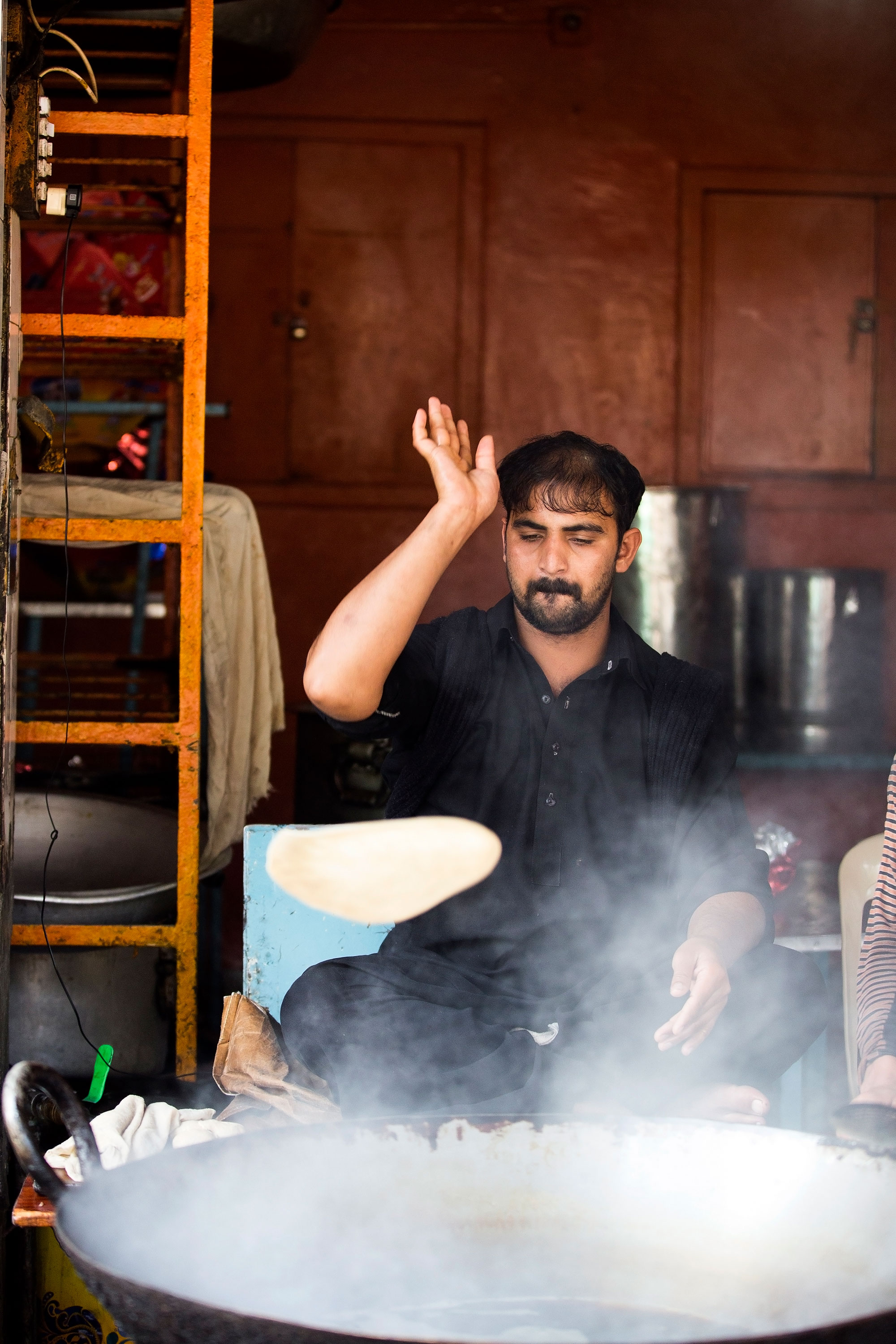
Listening to Sufi music on a Thursday night at Peerus Café cannot be beat. I had been sceptical when it was first suggested. It seemed too much effort for this unapologetic Gulberg girl to drive to far out Raiwind Road, dodging construction on what-ever-colour line it was at the time. But, as I came through the door and heard the heart rending chord of a qawwali it made me believe that all the pain and beauty of the world could be captured. The music at Peerus never disappointed.
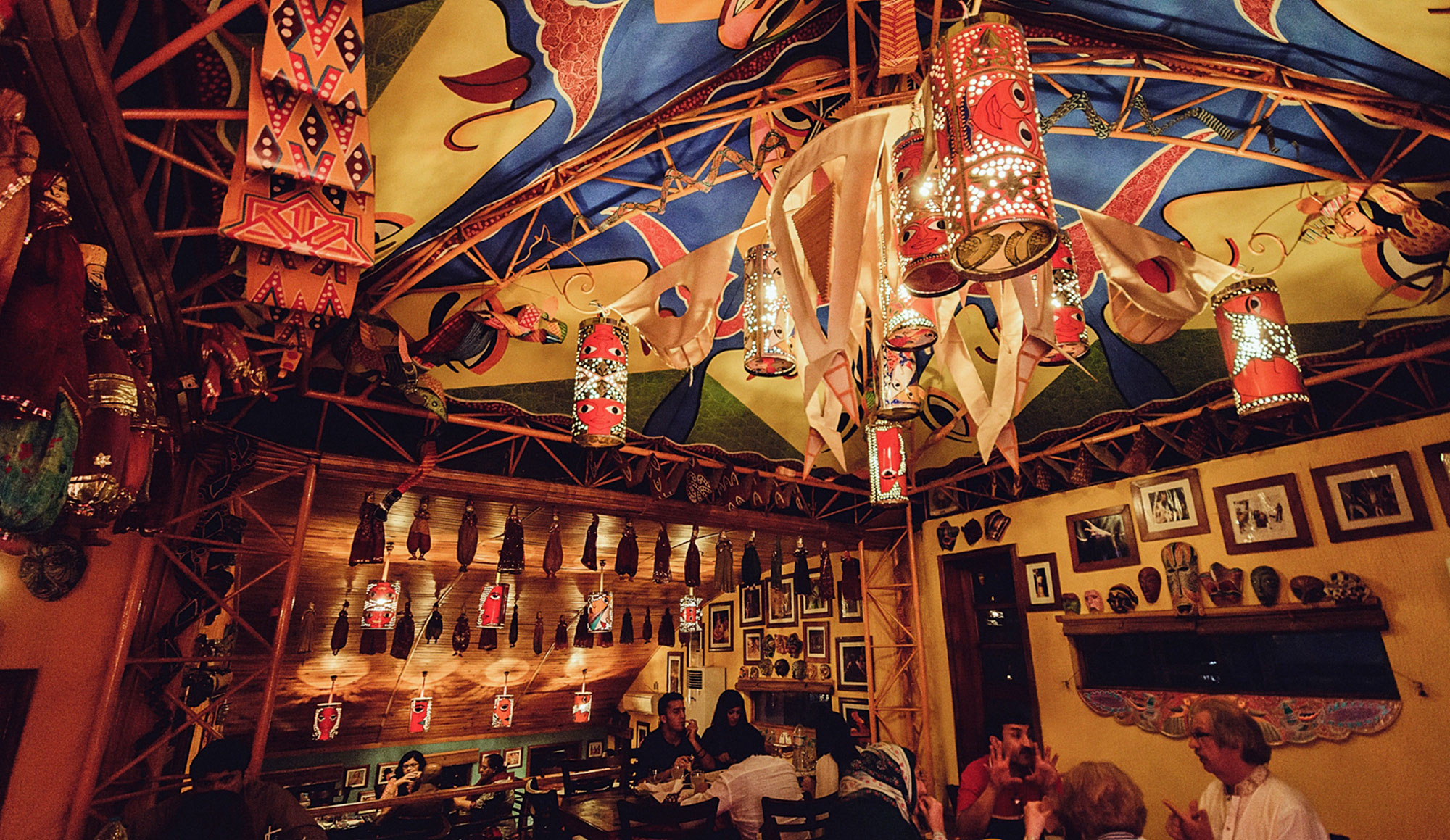
I also loved observing colonial Lahore in all its tragic glory. During the weekdays you can’t get a good look at it as Mall Road is buried in the sound and the fury of work-a-day Lahore. People. Traffic. Sirens. Selling and buying. But, if you go on Sunday morning, around dawn, it is just you and the pigeons with colonial architecture looming on either side. You can really get a sense of what it must have been like strolling down the mall in 1900 when it was dirt and filled with horse drawn carriages. I like to stop and say hello to Alfred Woolner’s statue who used to be one of many along the mall but now keeps his lonely vigil outside Punjab University.
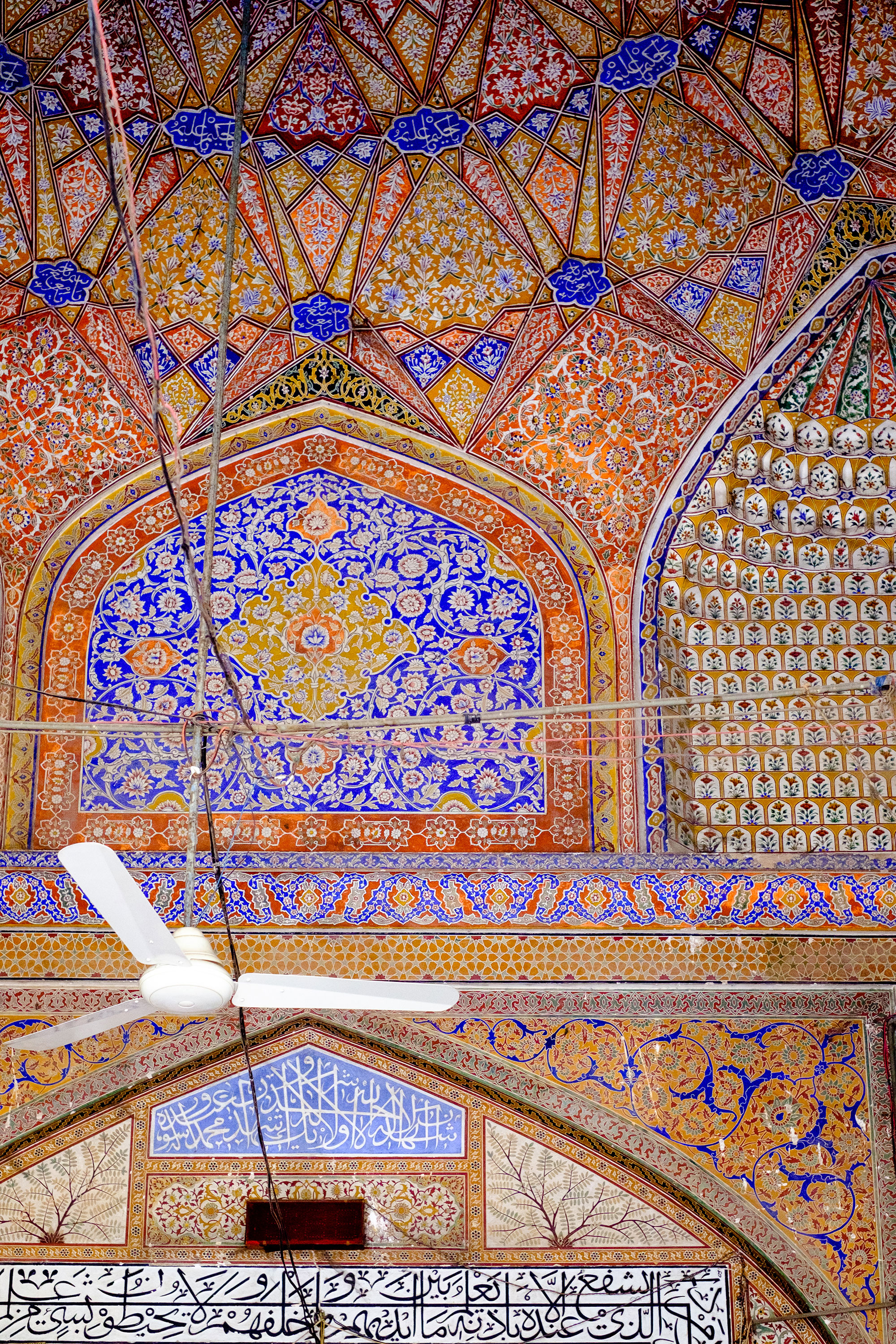
The last gem I keep tucked away is Maryam Zamani’s Mosque – the oldest in Lahore. It is shrouded by a mechanics neighbourhood just beyond the eastern wall of the Lahore Fort. If you step through the old gate and pass the cool green pool you can see some of the most beautiful tile work in the city.

Despite discovering so much of Lahore many other gems remained elusive. I never made it into the Samadhi of Ranjit Singh. I have it on good authority there is an Old City rooftop tour where you can jump from rooftop to rooftop like children on Basant. I never managed to get into the secret tunnels rumoured to run beneath the city. At one of our leaving parties I explained my pathetic luck with Lahori tailors to a friend.

“So, your friends?” he looked at me frankly. “They’re poorly dressed?”
“No,” I answered. “They’re impeccably dressed.”
He spread his hands in front of him as if the truth were self-evident. Realisation spread across my brain like syrup. Lahore might have given up a few gems but it still managed to keep a few for itself. The collective conscious could not be tricked into giving up all its secrets. But, maybe that is its best trick of all – to keep us coming back.
In Lahore is available for delivery in Pakistan at www.in-lahore.com.


